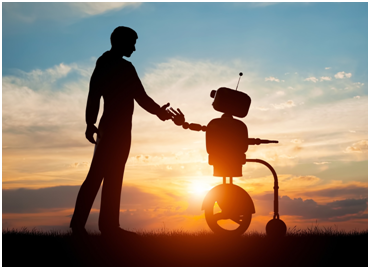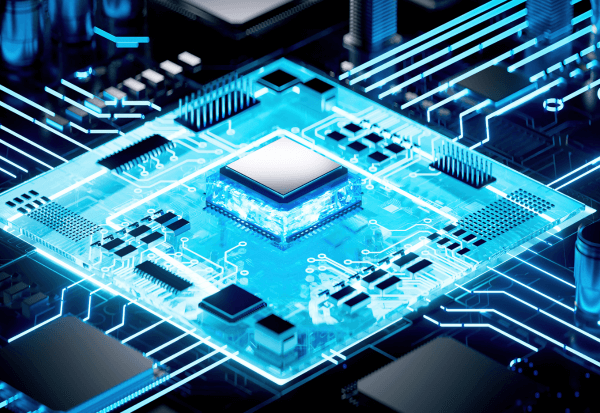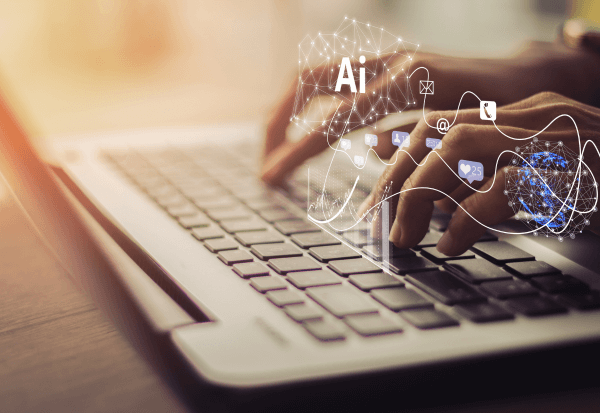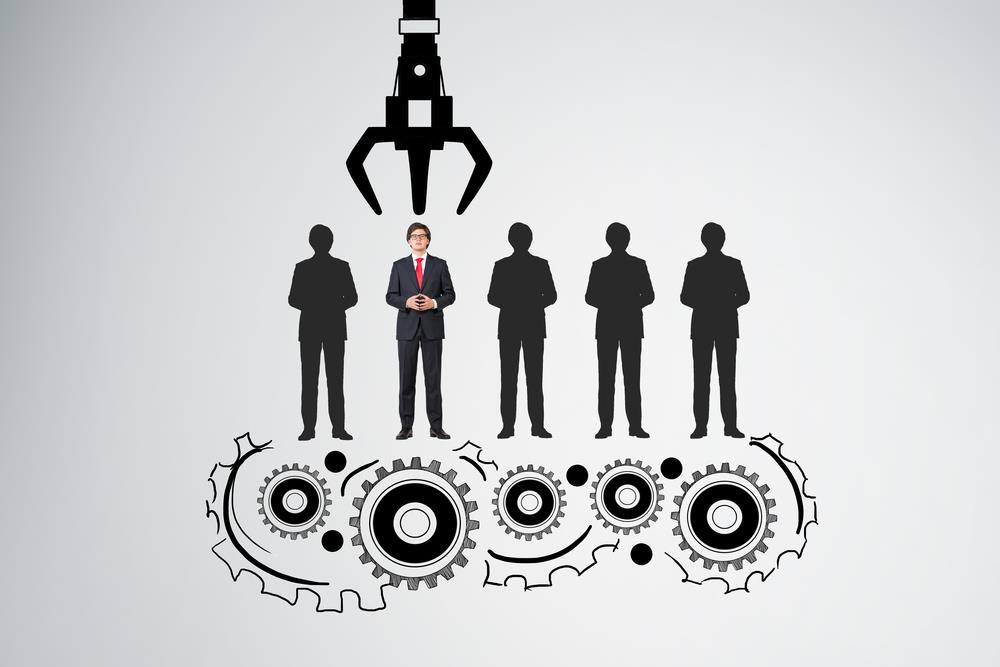Today, we are living in a smart digital era where technologies like Artificial Intelligence (AI), Internet of Things (IoT) and Augmented Reality promise to disrupt our lives for better. Our homes are now equipped with intelligent virtual assistants like Alexa, and very soon there will be a plethora of smart home appliances and connected devices that can be controlled with simple voice commands or through mobile apps.
Our cities have become smarter and safer too. There are traffic cameras at every intersection with video analytics capabilities to detect traffic rule violations and number plate recognition. Our daily commute will see a significant digital transformation too as automobile industries compete to launch autonomous vehicles and connected cars, powered by deep learning, computer vision, conversational interface and cognitive intelligence.
Concept stores like ‘Amazon Go’ promise to revolutionize our shopping experience through computer vision and IoT. Autopilot drones with video intelligence, have already found more practical use-cases beyond toy-stores, in defense, agriculture, logistics, and transportation industries. Almost every industry sector, whether it’s Retail, Manufacturing, Health Care, Transportation, or Entertainment, is gearing up to embrace Artificial Intelligence in 2018.
AI is no longer just a stand-alone software program that runs on our desktop or laptop machines. As the devices and appliances, we use become connected, and our homes and automobiles come powered with AI, we see a significant shift in cloud intelligence and hardware platforms that run and support AI algorithms. Embedded AI through Edge Computing will be one of the major trends in the coming few years, as specialized hardware platforms and GPUs like Nvidia’s Jetson, Tegra, Quadro, Drive PX become a popular choice for consumer electronics, automobile, 3D animation and virtual reality. Access to affordable hardware kits based on Raspberry Pi, Arduino or Intel Edison boards has also promoted the growth of embedded AI and IoT based solutions for developers, engineers, hobbyists and tech start-ups.
While Artificial Intelligence (AI) and the Internet of Things (IoT) continue to evolve separately, we expect to see a lot of synergy between these two fields over the next few years. AI / ML algorithms like voice and image recognition, or audio-video analytics will be an integral part of many IoT devices and security cameras that come equipped with onboard intelligence and edge analytics. Wearable devices and accessories like our watch, headphones, shoes, sunglasses, purse, and backpack will soon become high-tech gadgets from Hollywood spy movies with sensors tracking our location, movement, heart rate, footsteps, sleep patterns and more. In the last few years, we already saw some innovative wearable gadgets like google glass with Augmented Reality and smartwatches with activity trackers. The next few years promise to bring more such wearable devices embedded with computer vision, voice recognition, augmented reality and IoT sensors.
While robots helping around in kitchens may seem like a far-fetched imagination, companies like iRobot have already sold over 20 million units worldwide, by finding more practical and domestic usage for its robotic vacuum cleaners that sweep and mop floors. Humanoid robots are also making their way into consumer electronics show (CES) events, impressing visitors with their cognitive and emotional intelligence. As partnerships continue to develop between robotics manufacturers and AI software industries, we expect to see more and more robotic concierges assisting customers in banks, hotels, airports, shopping malls, hospitals and other places.
One of the most popular robotic manufacturers Softbank Robotics has sold over 9000 units of its popular humanoid robot NAO. NAO is already greeting hotel guests at the reception of the Hilton McLean hotel in Virginia, providing information about local attractions and hotel amenities.
Whether deriving its Cognitive Intelligence from cloud-based platforms like IBM Watson or open-source solutions like iCub, robotics industry has a promise to thrive exponentially, as multinational corporations like Honda, LG, Sony, Amazon or Bosch invest their big bets on robotics. These machines not only have the cognitive ability to see, hear, talk, reason or feel emotions like humans, but also the physics and mechanics that allow them to walk, run, jump, lift objects and even play soccer. Whether it’s Sony’s Aibo, adorable robotic dogs participating in RoboCup soccer competition, or Boston Dynamic’s Atlas, Spot and Handle doing jumps and backflips, the field of robotics has raised a bar by demonstrating what robots can do.
Know more on our AI capabilities

Amrutha is a former Happiest Mind and this content was created and published during her tenure.







